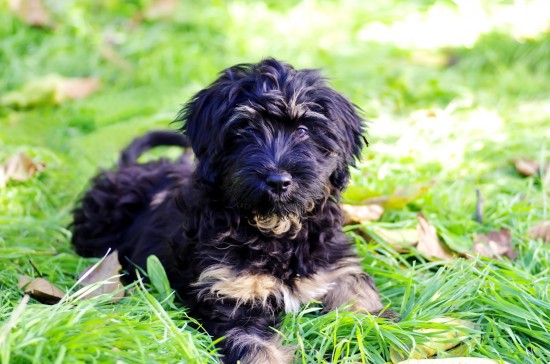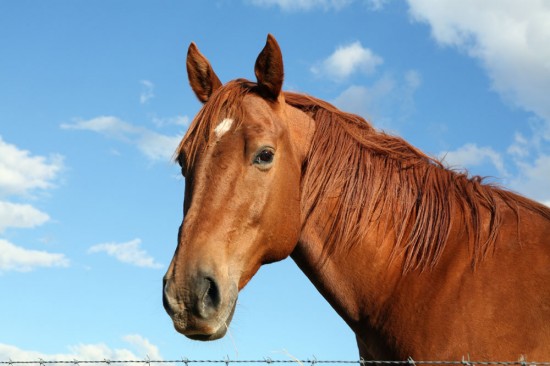
Vultures creep some people out, and it's no wonder. With their hunched posture, leathery head, and unappetizing eating habits, vultures are often seen as harbingers of death and misfortune. But the large and colorful King Vulture, which inhabits Central and South America, is a cut above the rest. It's a carrion bird, but it's also a vital part of Mayan mythology and widely admired in zoos all over the world.
The King Vulture is one of the New World vultures native to the Americas; it was originally described by Carl Linnaeus, the father of modern taxonomy. It is the only currently living member of the genus Sarcoramphus, and it's sometimes even put in its own separate subfamily, away from the rest of the New World Vultures. The exact taxonomy of these birds is still unclear; while they are similar in appearance to the Old World vultures, the two groups evolved from different ancestors in very different parts of the world. It has been suggested by some scientists that New World vultures are more closely related to storks than they are to the Old World vultures of Europe and Asia.
No matter how you classify it, the King Vulture is an impressive sight. It is the largest of the New World vultures, excluding the condors; its huge wingspan stretches up to 6 feet wide, although the bird itself has an overall body length maximum of 32 inches.6 feet. King Vultures weigh between six and 10 pounds. Most of their plumage is white, with a slight yellow or rose tinge. They have black feathers on their tails, wing coverts, and flight feathers, as well as on their neck ruff. Feathers are entirely absent on the neck and head of the King Vulture; its wrinkled skin is bright orange on the neck and yellow on the throat. Its head is shaded red and purple, with an irregular golden crest on top of the orange-and-black bill. The lack of feathers is a hygienic adaptation; since the vulture eats dead flesh (carrion), it prevents bacteria from latching onto feathers. They inhabit an impressive range that starts in Southern Mexico and stretches all the way down to Argentina.
The King Vulture has the largest skull and strongest bill of all the New World Vultures. Dead cattle, beached fish, or just about anything else, comprise its diet; while it primarily locates prey by sight, it also follows other vultures to a carcass and then scares them off. The bird's large size makes it intimidating for other vultures, who will usually fly off in search of easier prey; however, the King Vulture will always defer to the larger Andean Condor. The King Vulture mates for life, laying a single egg each season in a tree nest.
With such an impressive wingspan, it's not surprising that the King Vulture can soar for hours, flapping its wings infrequently. It is also adept at making itself inconspicuous when perched in trees. The King Condor does not migrate, and generally lives alone. Ten birds may gather around one carcass to feed, and mating birds are known to congregate in small family groups. They are relatively non-aggressive, despite their size, and lack a voice box--you're unlikely to hear them screeching overhead if you're lost in the desert!
There are two theories on how the word 'King' became part of this vulture's common name. It may refer to the bird's habit of dominating smaller vultures away from a carcass, forcing them to wait while it eats first. And it also has ties to the Mayan civilization; the King Vulture was featured heavily in their codices, where it has its own glyph. Some old legends have the vulture as a king, who was a conveyor of information between humans and gods. The blood and feathers of the bird was also used by the Mayans to cure diseases. The King Vulture can live for several decades in captivity, and is a popular zoo attraction because of its beautiful colorings and impressive size.
 Why Choose A Boxer Dog
I have owned and loved boxer dogs for the past 25 years
Why Choose A Boxer Dog
I have owned and loved boxer dogs for the past 25 years
 Picking A New Home With Your Pet In Mind
Picking A New Hom
Picking A New Home With Your Pet In Mind
Picking A New Hom
 Why Might Female Dogs Display Humping Behaviour?
Why Might Female
Why Might Female Dogs Display Humping Behaviour?
Why Might Female
 Is A Hound The Right Breed For You?
Is A Hound The Ri
Is A Hound The Right Breed For You?
Is A Hound The Ri
 6 Injuries Commonly Found In Horses
6 Injuries Common
6 Injuries Commonly Found In Horses
6 Injuries Common
Copyright © 2005-2016 Pet Information All Rights Reserved
Contact us: www162date@outlook.com